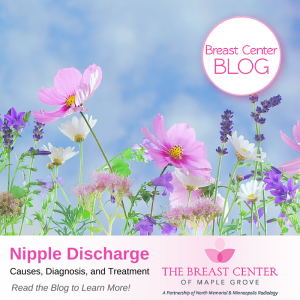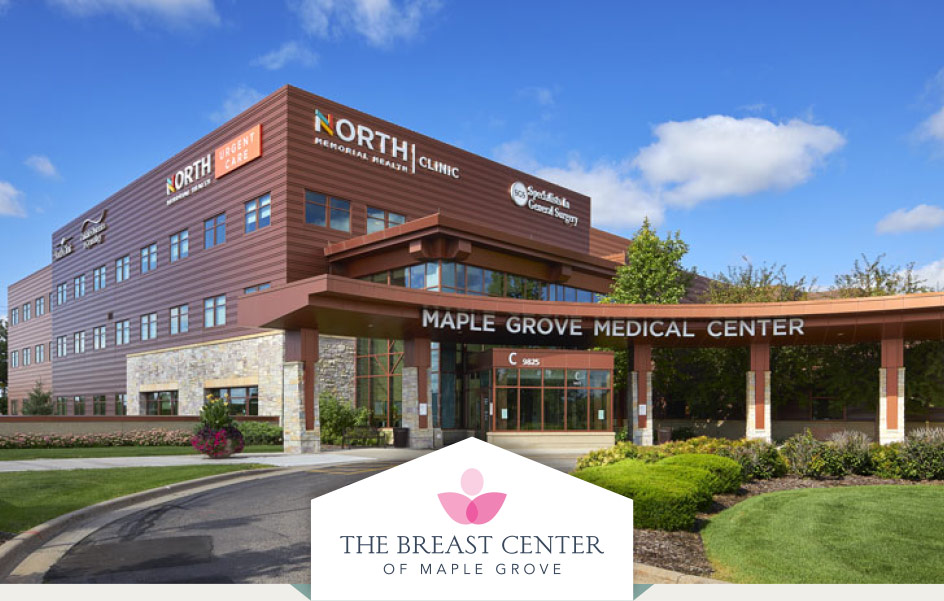 Nipple discharge—which may be clear, yellow, white, green, or bloody—is most often caused by a benign (non-cancerous) condition. However, it is important to talk to your doctor if you notice any type of nipple discharge.
Nipple discharge—which may be clear, yellow, white, green, or bloody—is most often caused by a benign (non-cancerous) condition. However, it is important to talk to your doctor if you notice any type of nipple discharge.
Possible Causes of Nipple Discharge
Nipple discharge could be caused by many factors including these common conditions:
- Papilloma – This is the most common reason for abnormal nipple discharge. A papilloma is a noncancerous growth in the breast duct that may become inflamed and result in a bloody or sticky nipple discharge. If your doctor suspects your nipple discharge is caused by a Papilloma, you will need a breast ultrasound exam to confirm the diagnosis. The most common treatment for a Papilloma is surgery to remove the tumor and the affected duct.
- Ectasia – This condition is the second most common reason for abnormal discharge and is most often diagnosed in women who are approaching menopause. It occurs when inflammation or a blockage in the mammary ducts cause an infection, and often results in a thick, greenish nipple discharge. A breast ultrasound or a mammogram may be required to confirm a diagnosis of Ectasia. Treatment is not always necessary, but may include antibiotics, over-the-counter pain medication, or surgery.
- Infection – Breast infections, also known as Mastitis, are fairly common in breastfeeding women but can also occur in non-breastfeeding women. In addition to nipple discharge, symptoms may include breast soreness, redness or warmth. Treatment for a breast infection usually includes a round of antibiotics.
- Fibrocystic breast changes – Fibrocystic breasts are common among women between the ages of 20 and 45. The condition causes certain breast changes right before menstruation that fade right after each cycle. Symptoms can include a feeling of breast fullness or heaviness, pain, thick or lumpy breasts, and nipple discharge. Fibrocystic breast changes are not dangerous and generally do not require treatment unless symptoms are severe.
What To Do if You Notice Nipple Discharge
Contact your doctor if you notice changes in your breasts or nipples, including nipple discharge. Your doctor may recommend an imaging exam like a mammogram or an ultrasound for a definitive diagnosis. While many cases of nipple discharge can be easily treated, it is important to obtain an accurate and timely diagnosis so the problem doesn’t get worse.
